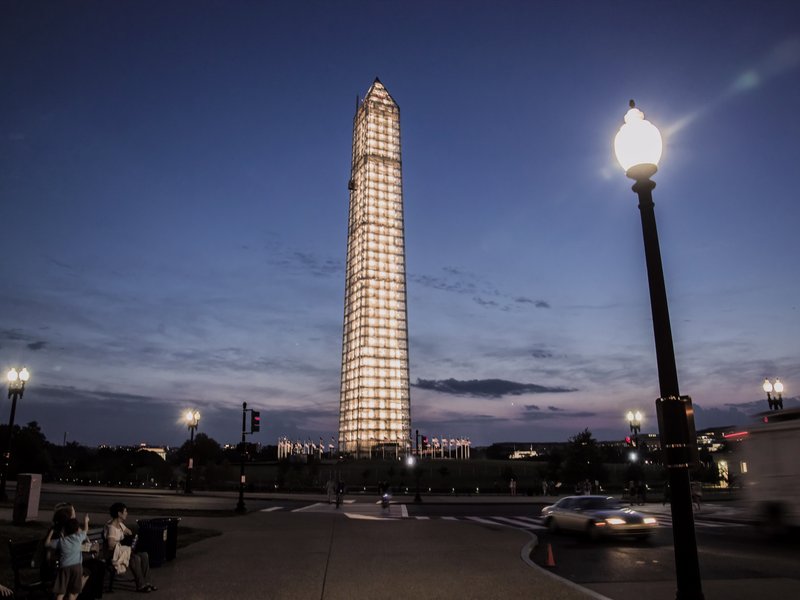
The earth shakes millions of times every year. Often, these earthquakes strike in familiar places, such as the recent, deadly quakes in Ecuador and Japan. At other times, a quake may hit in a spot less familiar with the temblors, such as the magnitude-5.8 earthquake that struck Virginia in 2011 and damaged the Washington Monument. Historic structures are often vulnerable during a quake. Several World Heritage Sites in Nepal were destroyed or badly damaged in 2015 during a magnitude-7.8 earthquake and aftershocks as strong as magnitude 7.3. Older building practices and aging construction materials make most historic structures less able to withstand the vibrations that occur during an earthquake or from high winds. Modern building techniques can be used to update these structures to mitigate some of the potential damage, but even then they are more vulnerable than their modern counterparts Sources: Smithsonian.com, Now Space